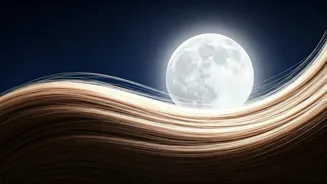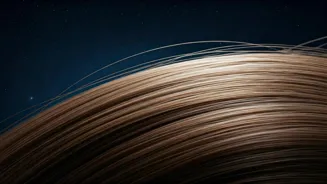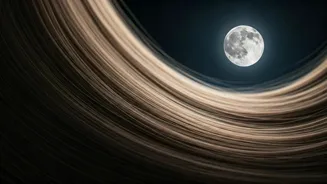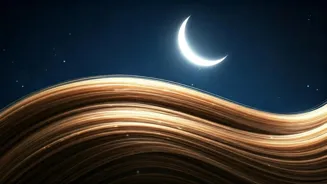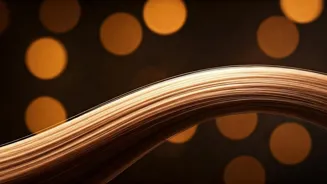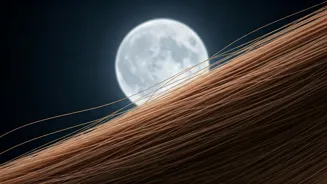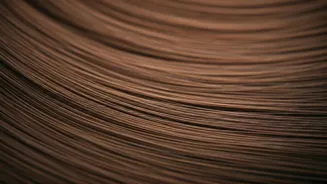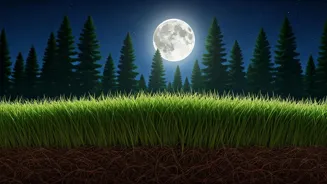Lunar Influence Origins
The concept of the moon influencing hair growth stems from ancient agricultural practices. Farmers observed that planting and harvesting during specific
lunar phases yielded better results. The waxing moon, which gets bigger, was often associated with growth, while the waning moon was associated with decline. This knowledge spread to other aspects of life, including hair care. The belief gained traction as people noticed parallels between plant growth and hair growth. Both were seen as cycles of renewal tied to external influences. Ancient cultures embraced this idea, believing that haircuts during specific moon phases could enhance hair growth and overall health. These observations built the foundation of the lunar hair care philosophy, which persists today.
Best Times and Seasons
According to lunar hair care proponents, the waxing moon phase is the ideal time for haircuts aimed at promoting hair growth. During this period, from the new moon to the full moon, the moon's energy is believed to be increasing, stimulating growth. Trimming your hair during the waxing moon is thought to result in faster, fuller hair growth. Conversely, the waning moon phase, from the full moon to the new moon, is considered a period to focus on strengthening existing hair. Haircuts during this time are thought to help hair become thicker, and reduce shedding. Many individuals plan their haircuts based on these lunar cycles to maximize the effects, ensuring that their hair care aligns with the moon's phases and potential benefits.
When to Ignore?
Despite the enthusiasm surrounding lunar hair care, there are times when the moon's phase is deemed irrelevant for hair treatments. Certain hair procedures, such as chemical treatments like perms or coloring, may not be significantly influenced by the moon's phases. In such situations, the timing of the procedure might be determined by other factors, such as convenience or the stylist's availability. Moreover, immediate concerns like hair loss or breakage may warrant immediate attention, irrespective of the moon's phases. It's important to assess your hair's condition and the treatment's nature when considering lunar cycles. These cycles are mostly believed to impact the natural growth cycle, and not necessarily the outcome of a chemical process.
Scientific Evidence Availability
Scientific evidence supporting a direct link between moon phases and hair growth remains limited. There is a lack of substantial research to validate the claims that lunar cycles significantly impact hair growth. Most of the information relies on anecdotal evidence and traditional practices. However, scientific understanding of hair growth indicates that several factors influence hair growth. These include genetics, nutrition, hormonal balance, and scalp health. Therefore, while traditional practices provide anecdotal information, they often lack scientific validation. Hair growth processes are intricate, making it difficult to isolate and quantify any lunar impact. Current scientific literature highlights the need for rigorous studies to establish any correlation between moon phases and hair health.
Practical Hair Growth Tips
Regardless of the moon phases, several practices can help support healthy hair growth. A balanced diet with adequate protein, vitamins, and minerals is essential. Regular scalp massage enhances blood circulation, which can help stimulate hair follicles. Using gentle hair care products and avoiding harsh chemicals can prevent damage. Minimizing heat styling and protecting hair from environmental elements such as sun and pollution are equally beneficial. Regular trimming to remove split ends is important for maintaining healthy hair. Focusing on overall hair health will create a suitable environment, which may improve natural hair growth, even if the moon phases do hold sway.
Dispelling Hair Myths
Several myths surround hair care. One common misconception is that frequent shampooing damages hair. The truth is the frequency of washing should be determined by your hair type. Another myth is that split ends can be repaired. Unfortunately, once the hair is split, the only solution is trimming. Another myth is that hair grows faster in summer, which is influenced by exposure to sunlight and an increase in blood circulation in the scalp. Finally, the idea that all hair loss is permanent is also untrue. While hair loss can occur for several reasons, some are reversible. Understanding the difference between fact and fiction is important in effective hair care. Dispelling these myths can lead to more effective and realistic hair care practices.
